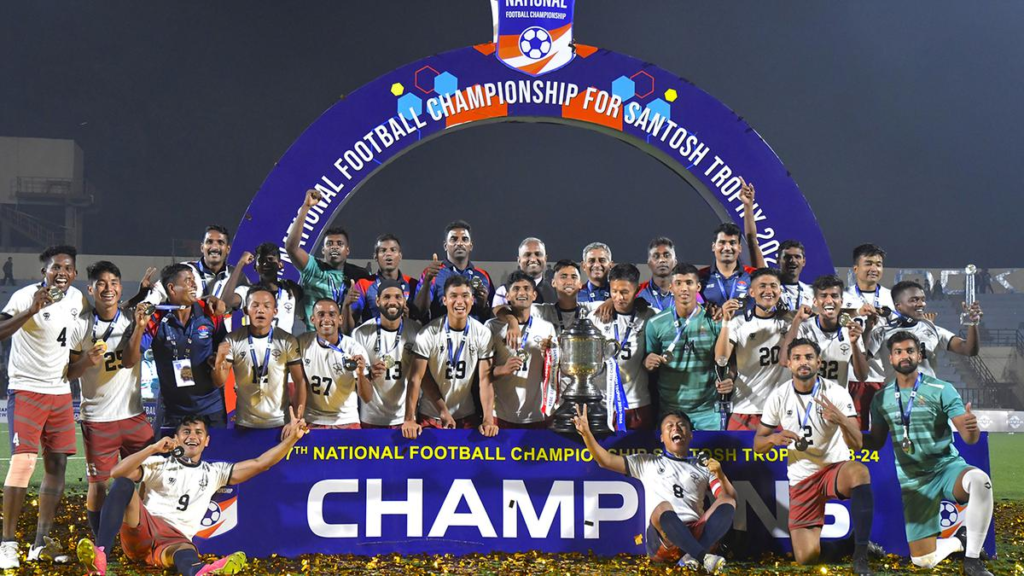
The Santosh Trophy, a name synonymous with Indian football for over eight decades, has witnessed a fascinating evolution. Once the undisputed champion-maker, the tournament now occupies a different, yet crucial, space in the Indian football ecosystem. This article delves into the Santosh Trophy’s rich past, its struggle to adapt to a changing landscape, and its current role in nurturing future stars.
A Golden Era: Forging National Champions (1941-1990s)
Established in 1941 by Sir Manmatha Nath Roy Chowdhary, the then-president of the Indian Football Association, the Santosh Trophy quickly emerged as the closest equivalent to a national championship. In the absence of a structured national league, the tournament attracted the best players and coaches, including national team regulars. Legends like Bhaichung Bhutia, I.M. Vijayan, and Chuni Goswami honed their skills on the Santosh Trophy stage. The 1962 Asian Games gold medal-winning Indian squad boasted a significant contingent of Santosh Trophy champions, a testament to the tournament’s role in unearthing and nurturing talent.
The Rise of Leagues and a Shifting Focus (1990s-2010s)
The late 20th century saw a paradigm shift in Indian football. The introduction of the National Football League (NFL) in 1996 marked the dawn of professional club football. As the NFL gained prominence, the Santosh Trophy began to lose its sheen. National team priorities shifted towards the league, with players opting for structured training and competitive exposure. This eventually led to the AIFF’s decision in 2010 to bar senior players from the Santosh Trophy.
A Tournament Reborn: A Platform for Young Talent (2010s-Present)
Faced with a declining stature, the AIFF decided to revamp the Santosh Trophy. With senior players out of the picture, the focus shifted towards young talent. The format was tweaked to include mandatory U-21 players, transforming the tournament into a development ground for budding footballers. While the glamour of yesteryears faded, the Santosh Trophy retained its significance as a platform for players on the fringes of professional leagues or those from under-represented states.
Despite the lack of established stars, the quality of football has remained decent. Success stories like Manvir Singh and Liston Colaco, who were part of their respective state sides in the Santosh Trophy before becoming ISL winners, showcase the tournament’s potential for unearthing hidden gems. Phijam Sanathoi Meetei, the highest goalscorer in the most recent edition, receiving a call-up to the U-23 national team further underlines the talent pool the Santosh Trophy fosters.
Coexistence and the Road Forward
The AIFF acknowledges the evolving football ecosystem and emphasizes the importance of both club football and inter-state tournaments. While the Santosh Trophy may no longer be the pinnacle of achievement, it acts as a crucial feeder system, identifying talent that can potentially graduate to the ISL and I-League. The co-existence of these entities ensures a broader talent pool and a more robust footballing structure in India.
The Santosh Trophy’s legacy remains deeply embedded in Indian football. From its glorious past as a national stage to its current role as a development platform, the tournament continues to play a vital role in shaping the future of Indian football.
